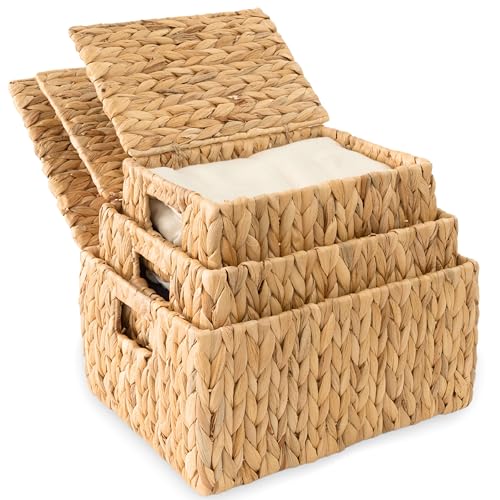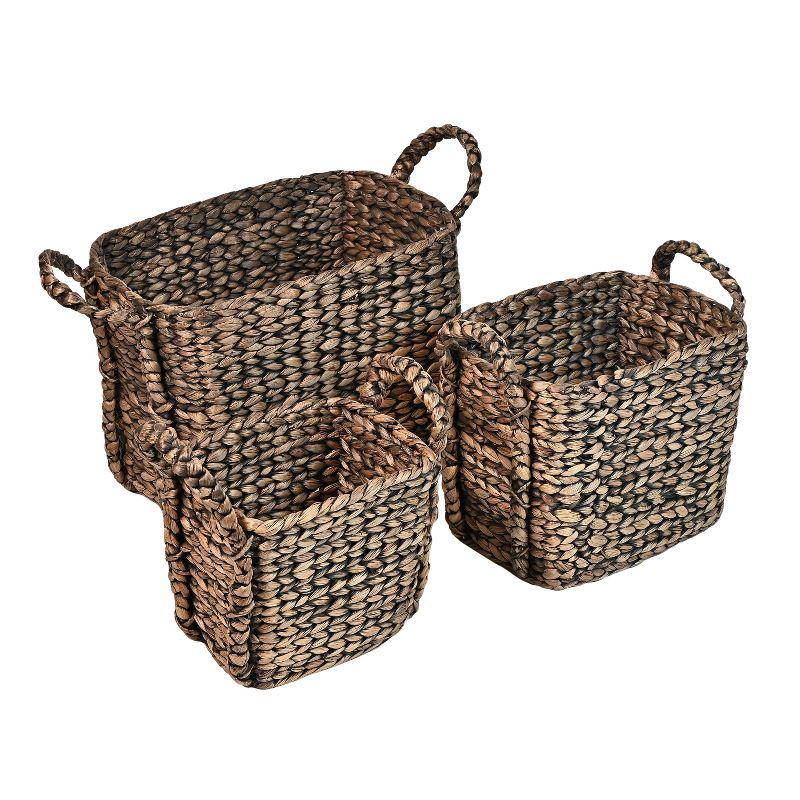I tried DOOM basket organizing to 'press pause' on mess – it cleared clutter from my surfaces instantly with minimal effort
I was able to come back to it when I was ready


If you’ve ever found yourself sweeping clutter into a basket moments before guests arrive, congratulations – you may have unknowingly mastered the art of DOOM basket organizing. The name sounds dramatic, but the method is surprisingly simple.
I thought it was just another clever acronym making light of the mess we all secretly hide. But the more I read, the more I realized this method had real traction as it's not just about tidying up, but letting go of the guilt that so often comes along with clutter, making the process easier than ever.
I gave DOOM basket organizing a two-week trial in my home with three baskets and an open mind to see if this home organizing idea could make a dent in the cluttered corners of my home. The good news is, it seriously did and was so easy and quick to do.
What is the DOOM basket organizing method?
DOOM stands for Didn’t Organize, Only Moved. Coined by cleaning and organizing coach KC Davis, author of How to Keep House While Drowning, available at Amazon. The term describes a very specific – and very relatable – form of tidying. You don’t sort. You don’t declutter. You don’t label. You simply pick up loose items and move them into a container. That’s it.
The baskets, such as the 3 Piece Fabric Box Set from Wayfair can be used in this method as holding zones, not final destinations.
Jackie Pittman home organizing expert at Chez Nous Organizing, says, 'The idea is that life is messy, and our homes reflect that. Sometimes, what we need isn’t a perfect system, but a way to press pause and stash the clutter when we don’t have the energy to deal with it.
‘These baskets become a kind of visual triage: a mental agreement that says, this isn’t done, but it’s one step closer to being done.’
Design expertise in your inbox – from inspiring decorating ideas and beautiful celebrity homes to practical gardening advice and shopping round-ups.
There’s also a deeper philosophy behind DOOM basket organizing, as Davis emphasizes that care tasks aren’t moral obligations. You’re not a bad person because your dining table is covered in unopened mail or you made a common decluttering mistake.
DOOM baskets allow you to maintain function and visual peace while giving yourself grace to return to tidying when you're ready.
Who is it good for?
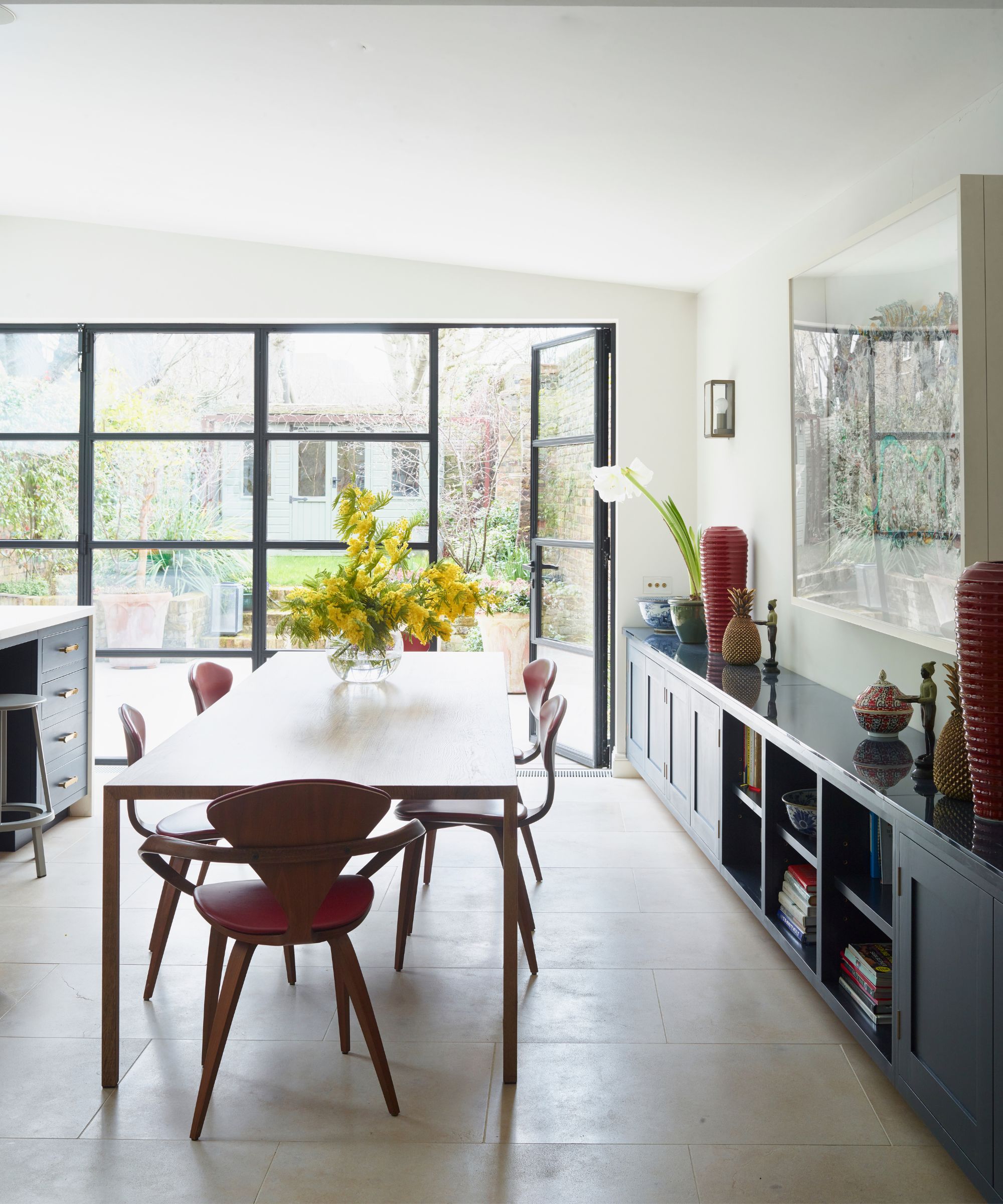
Keep surfaces clear and functional in one quick swoop
According to Courtney Finley, CEO of Organized Designs LLC, DOOM basket organizing isn’t designed for people who are perfectionists or prefer minimalist aesthetics. It’s a method that suits busy households, or simply anyone overwhelmed by the demands of daily life, or overwhelmed with decluttering. It offers a flexible alternative to traditional organizing systems and other decluttering tips.
‘In practice, DOOM baskets act as temporary holding zones in the most cluttered areas of your home. One might sit by the entryway to catch everyday items like keys, receipts, or pet leashes,’ says Courtney. ‘Another could live in the kitchen, corralling water bottles, coupons, and stray pantry goods. In the bedroom, a basket might quietly hold the slower-to-sort clutter: Books, socks, and sentimental pieces not quite ready to be dealt with.’
This method is especially helpful for families. Instead of expecting young children to return everything to a designated place, parents can guide them to simply toss toys into a communal basket.
Over time, people often find themselves gradually sorting through home storage in short, manageable bursts, once the pressure of housekeeping perfection is removed. It becomes easier to chip away at clutter when there's no demand for an immediate or flawless result.
I tried it
Putting the DOOM basket method to the test felt, at first, like admitting defeat. Was I really going to just move the mess instead of dealing with it properly? But once I set aside the guilt, I realized something surprising, just like most cleaning tips: It works.
I placed three baskets in high-traffic zones: One by the front door, one in the kitchen, and one in the bedroom. I didn’t label them. I didn’t try to pre-sort anything. I just used them exactly as intended, to hold the clutter I didn’t have the time to organize. Mail, keys, loose change – all of it went in.
The transformation wasn’t dramatic, but it was meaningful. My counters and tabletops stayed clear, and I knew exactly where things were. Nothing got lost, and I didn’t feel like I was constantly chasing after messes or searching for additional storage ideas.
By the second week, I found myself naturally revisiting the baskets when I had five or ten minutes to spare. I’d pull out a few items, and either place them in the trash or return them to their proper homes. It was painless.
There was no big 'cleaning day' at the end of it, no need to set up for a successful decluttering session, and no all-or-nothing mentality. Just small, low-effort wins that added up.
The real shift, though, was emotional as I stopped seeing clutter as a personal failure. The DOOM baskets helped me reframe decluttering when feeling overwhelmed, to see the mess as something neutral I could handle on my timeline.
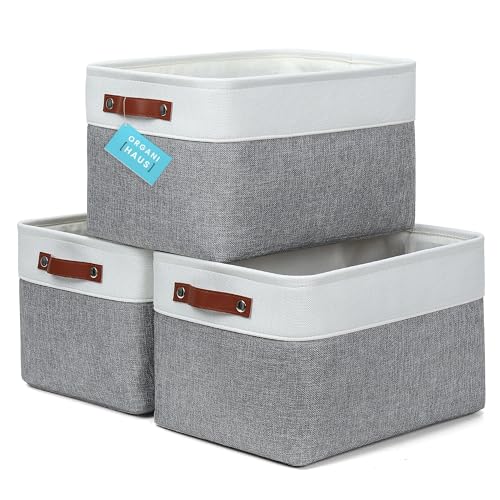
Rated 4.6 out of 5 by customers, these versatile storage baskets are great for organizing everyday items. They are made with a thick, high-quality fabric and fitted with leather handles to add a stylish touch to a living room, bedroom, office, or personal space.
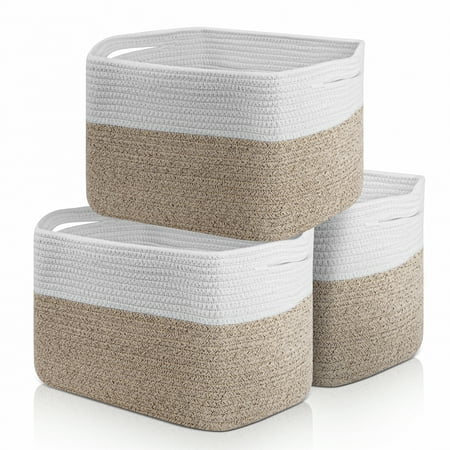
Rated 4.6 out of 5 by customers, these woven cotton thread is very soft and don't damage your floors and furniture. Seamless design, not easy to tear,More firm than rattan and plastic materials.
Rather than over-committing to a full-scale sort out or purge, DOOM baskets encourage low-effort maintenance, free from guilt and shame.
It offers a clever bridge between chaos and control but doesn't pretend to be a permanent solution, nor does it try to be. But it creates space – physically and emotionally – for us to function with less guilt and more ease.
Over time, you’ll find yourselves gradually sorting through baskets in short, manageable bursts, once the pressure of perfection is removed. It becomes easier to chip away at clutter when there's no demand for an immediate or flawless result.
Next, try ruthlessly decluttering with the didn't know method.

Seraphina is a contributing editor at Homes & Gardens, writing Solved features on organizing and storage. She loves to decorate and also grow her own produce from her home in London. Her previous experience includes working at Women's Health and Fabulous Magazine.
You must confirm your public display name before commenting
Please logout and then login again, you will then be prompted to enter your display name.
